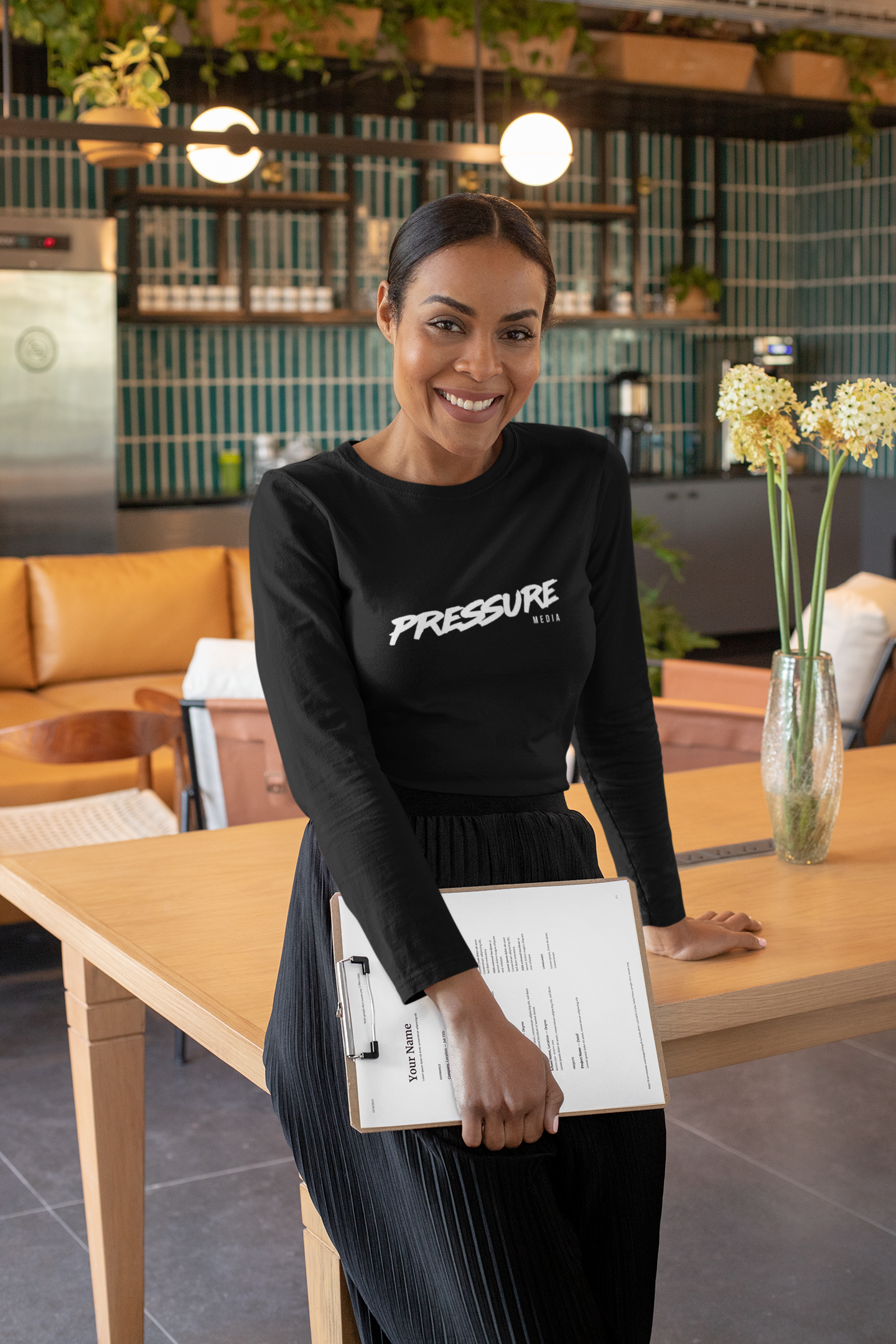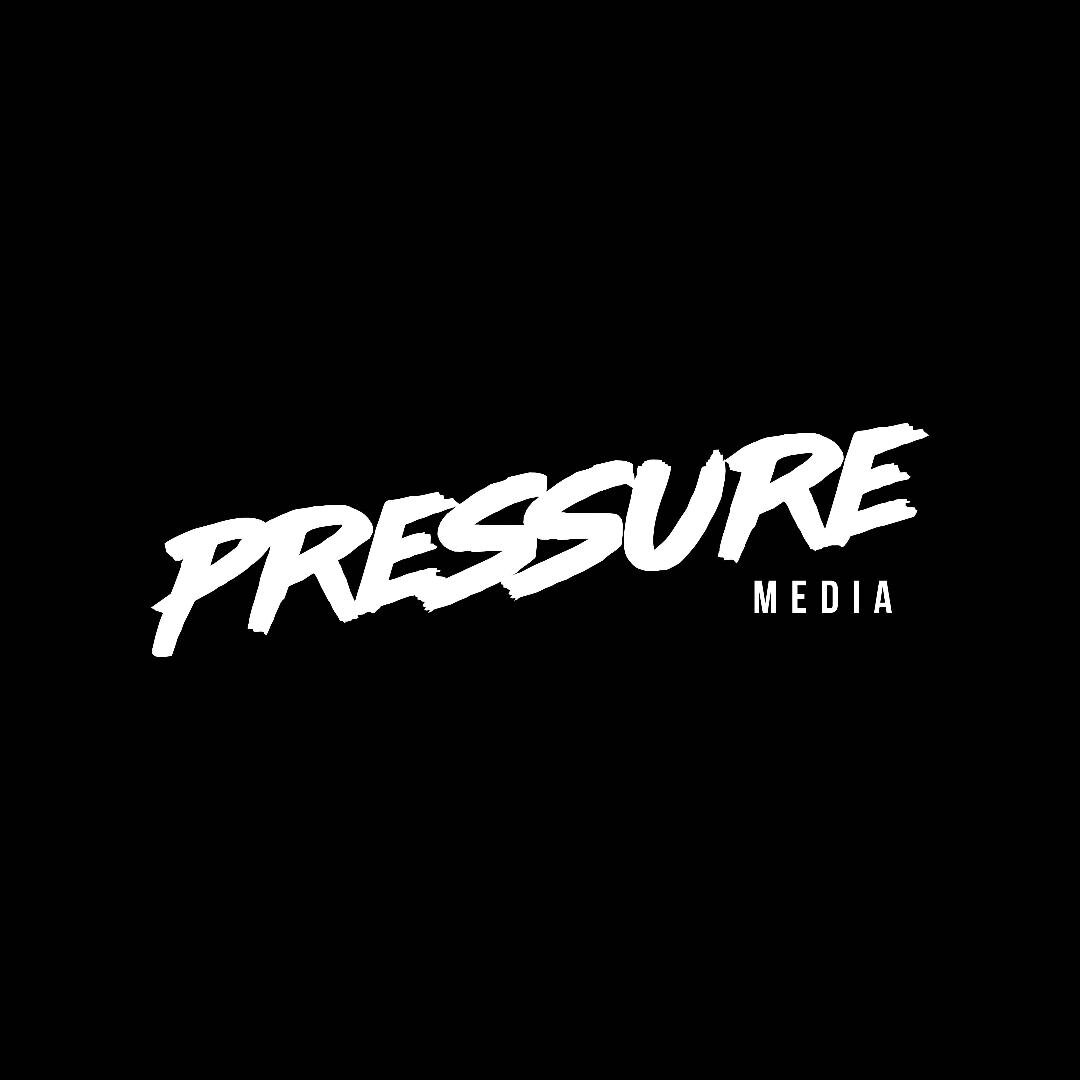I’ve always been fascinated with women’s clothing. As a child, my tomboy sister refused to wear her frilly, pink princess gowns and toddler heels, but I coveted them. I found comfort in playing with Barbie dolls and dressing like the Spice Girls, but whenever I would try to wear something that I inherently liked—like a tiara—I was told it was wrong. “Boys don’t wear that.”
I eventually grew out of this fashion phase and began wearing the clothes deemed appropriate for boys to wear. The soccer jerseys, grungy band tees, and oversized suits never felt quite like me, but I went along with it. Even now, as an adult man in his late 20s, I still find myself shopping with this same narrow point of view. Even though the women’s section always seems way bigger, with more colorful and fun pieces, I’ll dutifully head to the men’s.
But lately I’ve been rethinking my approach to shopping entirely, as has a growing faction of the industry. I’ve been in a rut since the world began opening up again. Ever get that feeling where you wake up and think, I have nothing to wear? That’s been me, only every single day. Seeing stars like Lil Nas X, Kid Cudi, and Harry Styles push the boundaries of gendered style on the red carpet has inspired me to take an introspective look at my own style and how I’m perhaps limiting myself for no good reason. I decided a few months ago that I would finally have my hot girl summer—as in, I’m finally ready to shop in the women’s section. In the process, I’ve fallen in love with fashion all over again.
Now, am I saying crossing the imaginary borderline between the men’s and women’s sections is a groundbreaking, life-changing concept? Absolutely not. Men have been wearing women’s clothes, and vice versa, for ages. But for me this new exploratory phase has been a serious game changer (and a choice that’s been long overdue).
My first venture was back in June, when I visited 10ft Single by Stella Dallas in Brooklyn (one of my favorite vintage stores). I wanted to pick a familiar store I would be comfortable perusing womenswear in, and I figured the cool crowd there wouldn’t mind. (Lots of Gen Z teens, and Bella Hadid, shop here.) Even though the men’s offering is always pretty good, I ended up scoring in the women’s section: I picked up two simple, silk blouses—one in black, one in burgundy—that I’ve been wearing with jeans almost every single day. I also found a Hawaii tourist tank that has ruched sides. (It’s very Isabel Marant–esque.)
WATCH
“We’ve Gone From Dressing to Look Good to Dressing to Feel Good”—How Fashion Is Changing for Spring 2021
In July, I checked out the women’s assortment at Tokio7, one of my favorite consignment stores in the city, where I admired a crocheted Chloé coat and a purple Anglomania blouse that’s so ’80s in the best way. Shopping online, I also recently acquired a bandana-print Dion Lee tank and a patent By Far shoulder bag. I’ve also been eyeing a Chopova Lowena skirt. The amount of womenswear saved on my wish list keeps growing. It seems that, after a serious dry spell of shopping and being unable to discover something that feels like me, I’ve finally found my fashion mojo again. While much of my closet still tilts masculine—it’s hard to break a habit that I’ve been conditioned into—there’s something about incorporating feminine pinks or purples, or more body-conscious silhouettes, that just feels right. The solution was in front of me this whole time, just in a different area of the store.
Widening my gender shopping scope hasn’t come without its hurdles, however. For one, the sizing is all very different: I’ve had to quickly learn what my waist and top sizes translate into women’s sizes. Sadly, there is no handy conversion chart to determine this (though someone should make this!). It took me a lot of trying and experimenting to determine my women’s size. (Turns out I’m roughly a 12.) I’ve learned men’s shoes are always 1.5 sizes bigger than women’s—meaning my men’s 10 is actually a women’s 11.5. Another hurdle? Even when the clothes do fit, they often don’t fit fit. Women’s pants, for instance, may fit the waist but have a smaller crotch area and often are a no-go as a result. But on the whole buying women’s tops and coats has been a total breeze. Accessories too are always a surefire bet, and they’re an easy way to dip your toes into the idea of genderless dressing.
As this shift is happening industry-wide, these hurdles may get smaller with time. Physical retail stores like Dover Street Market and Browns East are now rethinking their layouts and de-gendering their floor spaces, organizing products by brand or color versus sex. Online retailers like Ssense or Farfetch also feature the same products in both their men’s and women’s tabs, allowing consumers to freely shop between the two. On a larger scale, brands are also designing with a more genderless consumer in mind. Dion Lee, Telfar, and Ludovic de Saint Sernin all do unisex clothes that are well cut and can lean toward a more masculine or feminine aesthetic, depending on the wearer. Skirts are also being embraced by all genders, and labels like Chopova Lowena are styling them on men, women, and nonbinary folks. Sex, it seems, no longer matters in the quest to look chic.
Personally, I’ve learned that my preconceived notions—that women would judge me for shopping in their section, that people would stare at me in disgust if I wore a women’s piece out in public—were all wrong. In fact, nobody has even batted an eyelash at me, even as I’ve traipsed down the street in my new purse or blouse. And maybe that’s because I’m in New York, where anything goes. There’s a certain privilege that comes with dressing up how you want in New York; in other parts of the world, this experimentation is less accepted and could even be seen as a dangerous act. This freedom has helped me embrace my pull toward femininity. Twenty-nine years later, what I wear is starting to make me feel like myself again.









